0 Comments
By guest blogger: Katey Duffey 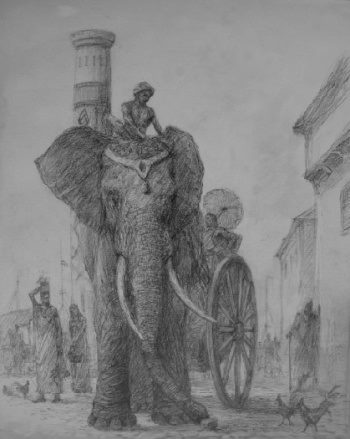 Elephants of Volantis. awoiaf.westeros.org Elephants of Volantis. awoiaf.westeros.org The oldest free city, Volantis, in George R.R. Martin’s popular saga is known for its red wine, spices and fine silk. It is also known for its elephants that are used as a means of transport. Along the streets of “Old Volantis”, a smaller species of elephant is a common sight pulling ornate carts -the dwarf white elephant. To avoid confusion from fans of the Game of Thrones TV show who have not read the books, dwarf white elephants appear in A Dance with Dragons, the 5th book. As the name implies, they are much smaller than regular elephants and have hides that are whitish in color. In our real world, dwarf elephants actually exist. They are the Bornean pygmy elephants, which are found in the lower Kinabatangan floodplain of Malaysian Borneo in the state of Sabah. This endangered subspecies of Asian elephant is 1/5 smaller than the mainland populations, are rounder, have long tails that can sometimes reach the ground and some males have short, straight tusks. Originally thought to be descendants from the Javan elephants of the Sultan of Sulu, pygmy elephants have been genetically distinct for approximately 3,000 years. Unlike their more aggressive cousins on the mainland, pygmy elephants tend to have a gentler demeanor as well. 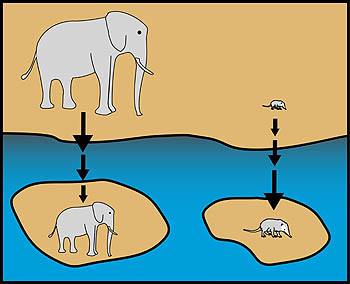 Foster's rule (The island effect) www.mbari.org Foster's rule (The island effect) www.mbari.org Why are these elephants so small? According to the Island Rule, or Foster’s Rule observed by J. Bristol Foster in 1964, large mammals will evolve to smaller sizes, while small mammals will evolve to larger sizes than those found on the mainland. Island species also tend to evolve faster, over shorter periods of time than mainland species. The significance of this effect is generally in proportion to the size of an island and the limited amount of resources. Consequently, reduced biodiversity from limited resources can also result in less interspecies competition. In other words, species live more peacefully with each other. This phenomenon may help to explain why pygmy elephants are less cantankerous than mainland Asian elephants. A benefit for many island species is that they are also hardier in response to drastic environmental changes such as famine and drought. Having evolved in an ecosystem with fewer resources, these species are very adaptable for the benefit of their survival. Photos: Albino African elephant. elephantfacts.net, Bornean pygmy elephants. www.worldwildlife.org & Albino Asian elephants. www.thestar.com Due to habitat destruction from logging and palm oil plantations, conflicts between humans and pygmy elephants are on the rise. Snares meant for small game are another threat to the elephants, leaving around 20% of the population of 1,000-1,600 to have injuries from being accidently snagged. However, organizations like the World Wildlife Fund are promoting sustainable logging and forest management. Pygmy elephants still survive and breed well in selectively logged forests. Individuals are also being collared so that habitat use can be studied and potential conflicts avoided. What about white elephants? White elephants are the result of a genetic mutation when there is a lack of pigmentation causing pink skin and eyes, with white hair (albinism), or a reduction in pigmentation causing pale or patchy skin and hair, with normal colored eyes (leucism). Although rare in nature, wild “white” elephants were captured and bred for royal families. They represent wealth, peace and a good future. Seen as a sacred animal in South East Asia, these unique elephants were pampered and extravagantly adorned. Some kings would actually give “lesser quality” white elephants to other noblemen. Since the animals were sacred, they could not work off the costs required to feed them, and to care for their sensitive skin. This “gift” would end up becoming a financial burden leading to bankruptcy that decreased competition among royals. For those who are familiar with the strange and often useless item given at social gatherings that is not worth the cost, the tradition of the royal white elephants are the source of the term “white elephant gift”. References
Awoiaf.westeros.org/index.php/dwarf_elephant Elephantfacts.net/albino-elephant.html Lister, A.M.(1996). Dwarfing in island elephants and deer:processes in relation to time of isolation. Symposia of the Zoological Society of London, 69: 277-292 Millien, V.(2006). Morphological evolution is accelerated among island mammals. PLos Biology, 4(11):e384.doi10.1371/journal.pbio.oo4o384 Otis,D.(2013). Why Burma Believes in White Elephants (the real ones). www.thestar.com/news/world/2013/07/01/why_burma_believes_in_white_elephants_the_real_ones.html www.pbs.org/wgbh/nova/evolution/gigantism-and-dwarfism-islands.html www.worldlandtrust.org/education/species/bornean-pygmy-elephant www.worldwildlife.org/species/borneo-pygmy-elephant
By guest blogger: Katey Duffey Bats are usually used to instill a sense of creepiness to a scene. Stories tend to play on the fear of bats that a large number of people have. Short, upturned snouts, sharp teeth, beady eyes, large ears and wings made from a stretched membrane of skin, all combine into traits that give some people the heebie-jeebies. Not to mention, bats are also associated with those evil bloodsucking terrors of the night, vampires. Even Middle-earth had its share of vampires who had the ability to transform into giant bats. The most notable of these creatures was Thuringwethil, of the First Age, mentioned in Tolkien’s The Silmarillion. She was a vampire servant and spy of Morgoth, and was said to have “iron claws and fingered wings” (which coincidently relates to the taxonomic order that bats belong to, Chiroptera, meaning “hand-wing”). In The Hobbit book, it was indicated that some bats were “bred from darkness, and descended from vampires”, referring to the giant war bats seen in The Hobbit: Battle of the Five Armies alongside the orcs. Since many bat species already look the part for a “menacing creature of darkness”, the film did not need to do much more than increase the body size. However, giant bats of Earth are far from appearing as wicked. The most anyone needs to worry about is to be threatened by a cuteness overload. Behold, the megabats! Also known as “fruit bats” or “flying foxes” from their foxlike faces. Megabats are the largest bat species, with the Malayan flying fox being the heaviest (.9kg/2lbs) and having the longest wingspan (1.8m/6ft). They make up the Pteropodidae family of “Old World bats”, ranging throughout Africa, Asia, and Australia. While most of the world’s 1,300 bat species feed on insects, the 170 species of megabats are either frugivorous (fruit eaters) or nectarivorous (nectar drinkers). Needless to say, they are much different from the giant, terrifying bats of Dol Guldur! Therefore, unless you happen to be a delicious, juicy piece of fruit or sweet flower nectar, you have nothing to fear from these flying mammals. A specialized diet unique to bat families means that the megabats have a few equally unique adaptations. For example, along with sharp teeth that help pierce the hides of fruit, these bats have a tongue that is so long that it tucks down around their rib cage! They are also the only family of bats that are not capable of echolocation (with the exception of the Egyptian fruit bat that clicks its tongue in dark caves). Instead, megabats have an incredibly efficient sense of smell and good eyesight to help locate food. Photos: Stripe-faced fruit bat, Lesser long- nosed bat, www.arkive.org, Straw-colored fruit bat batworlds.com Since these species do not rely on echolocation to navigate, they mainly roost in trees and bushes within primary or mature secondary forests. If they do rest in a cave, they stay closer to the entrance where there is light. Similar to other bats, some megabats, such as the straw-colored fruit bat of Africa and the grey-headed flying fox of Australia, live in large colonies. They also form sub-colonies of close, social bonds in which one male may be with up to eight females. As a result of living in great numbers and having a stationary food source, these species have to migrate hundreds of kilometers in relation to seasonal tree flowering cycles or rains.
Megabats provide important eco-services. Nectarivorous bats help to pollinate flowers after they have visited other flowers, just like bees. This symbiotic relationship is a form of mutualism called “chiropterophily”. Frugivorous bats aid in seed distribution by eliminating seeds in their guano. Yet, despite the services megabats provide to the environment, habitat destruction is threatening their survival. Overhunting in retaliation from hungry bats raiding crops is another concern. However, there is hope in the battle of coexistence between farmers and bats. In Queensland, Australia, many orchards are protected by nets to keep bats out. This, in turn, decreases the instances of retaliatory killing of fruit bats. References www.batconservation.org www.batworlds.com/fruit-bat http://www.dontshootbats.com Lotr.wikia.com/wiki/bats_of_dol_guldur Mickleburgh, S., Hutson, A. and Racey, P. 1992. Old World Fruit Bats: An Action Plan for their Conservation. Gland, Switzerland: International Union for the Conservation of Nature. Kunz, T. and Fenton, M. 2003. Bat Ecology. Chicago, IL: The University of Chicago Press. Tolkiengateway.net/wiki/Thuringwethil
Bridget Beth Collins lives in a little town of Seattle called Ravenna with her family. She enjoys getting out of their home and going for long walks. She designs mandalas and creates imaginative art with the natural things she found while walking.
Source: sortra.com
|
Blog Archive
|
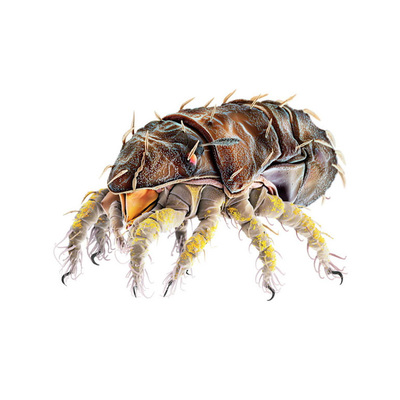
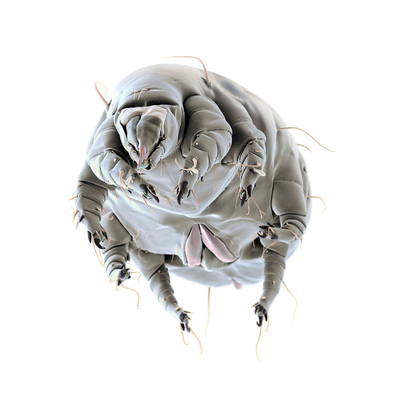
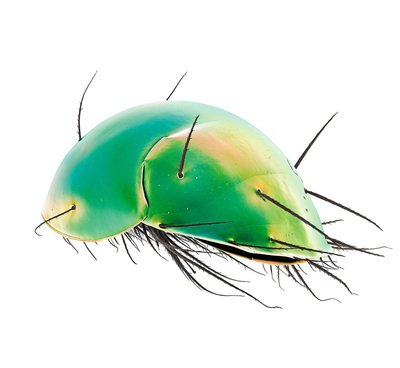
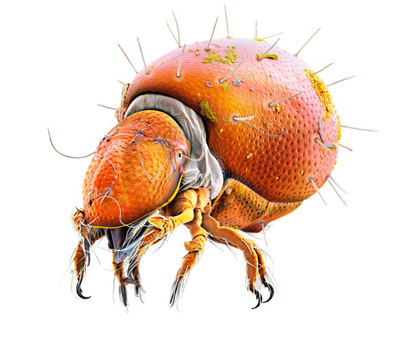
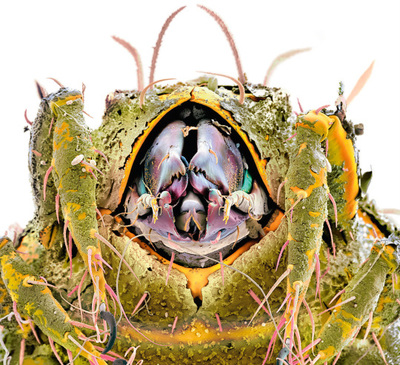
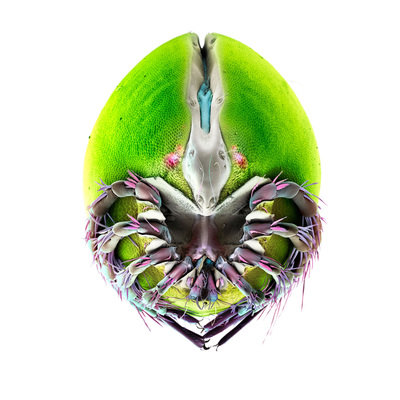
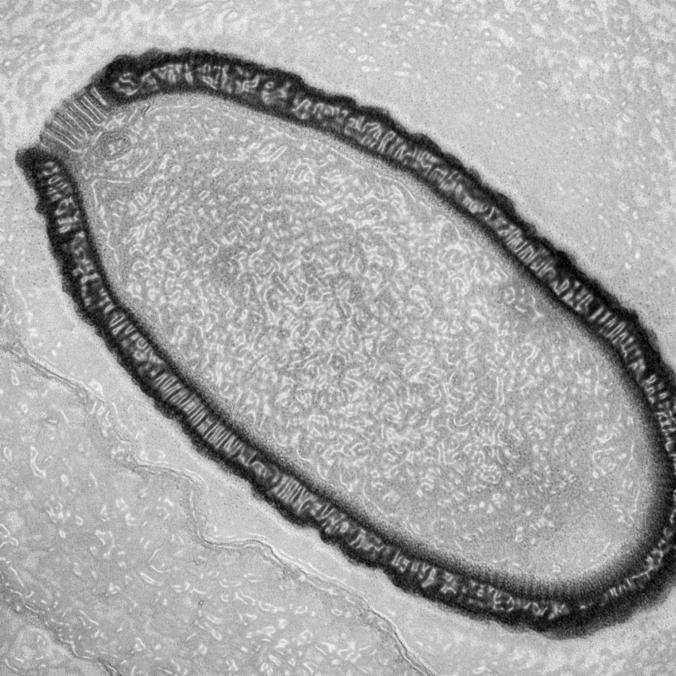
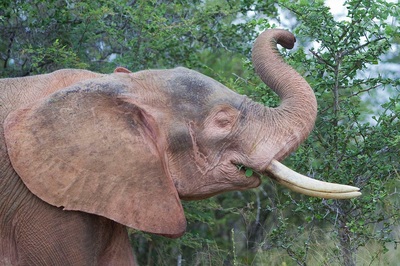
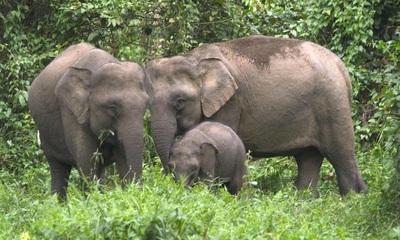
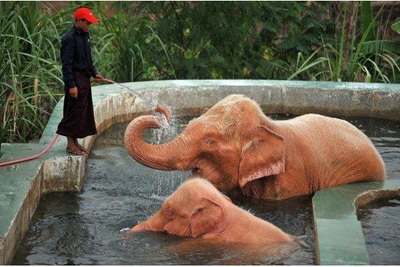
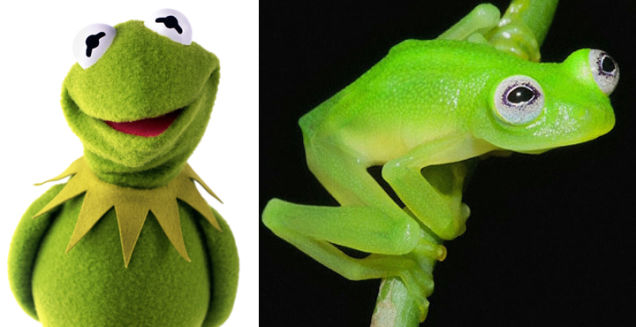

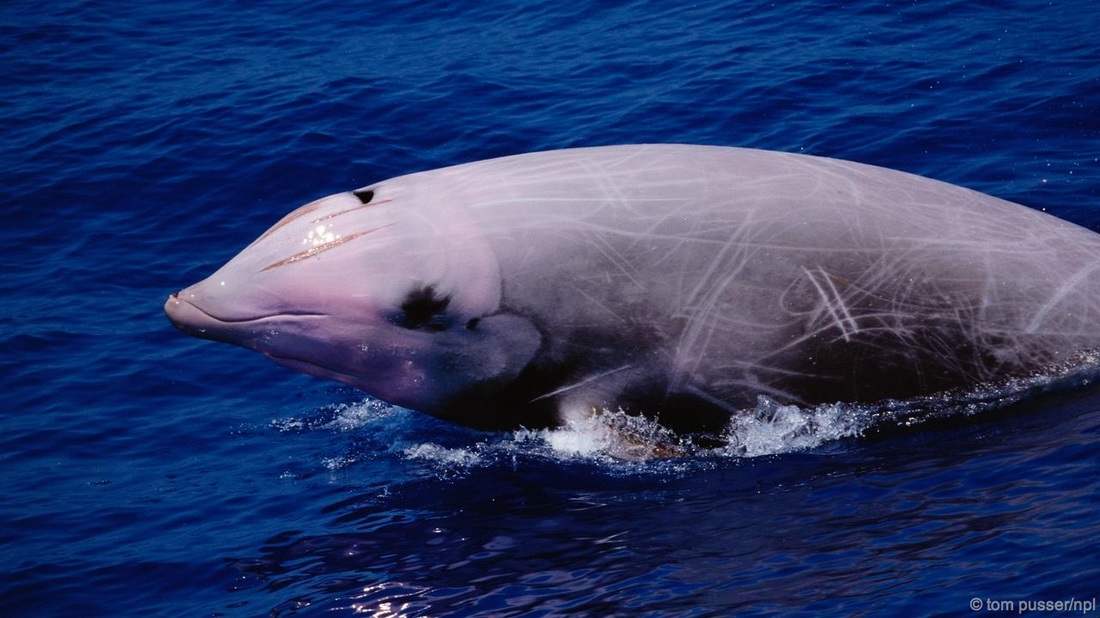
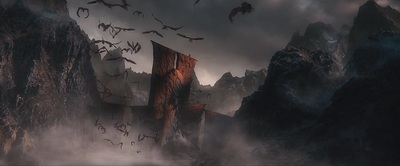
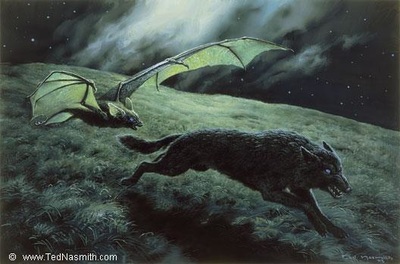
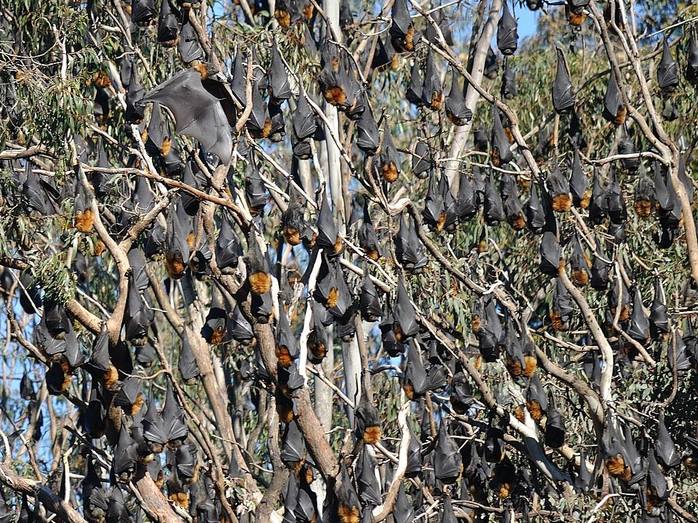
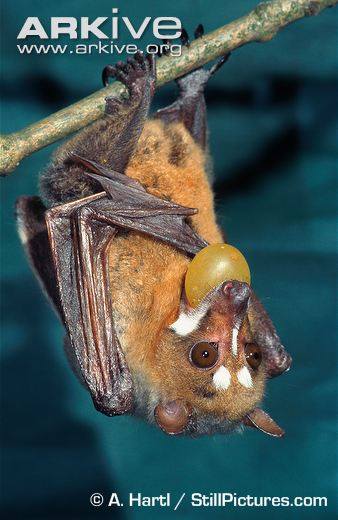
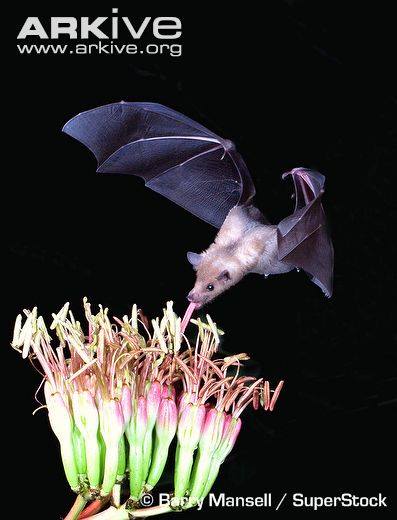

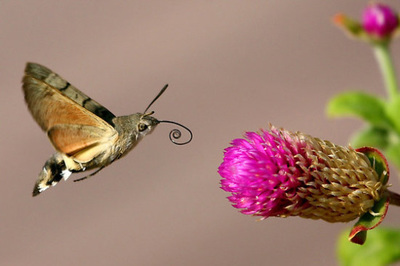
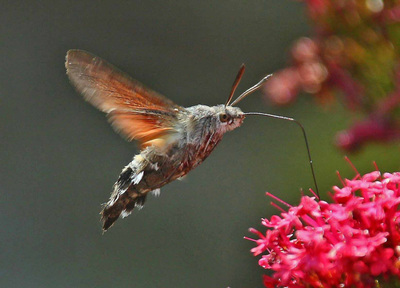
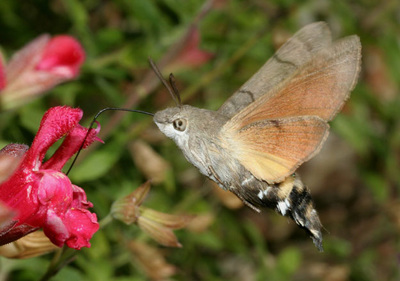
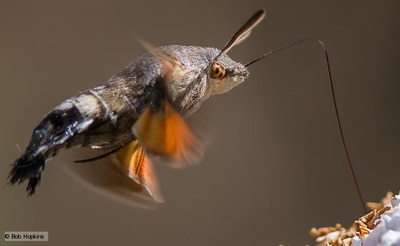
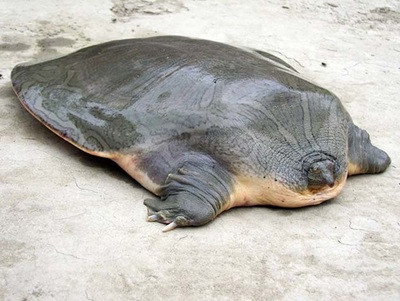
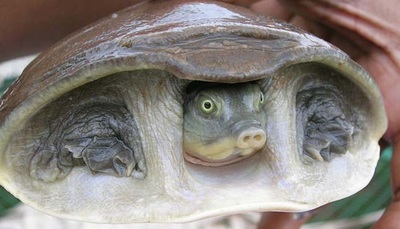
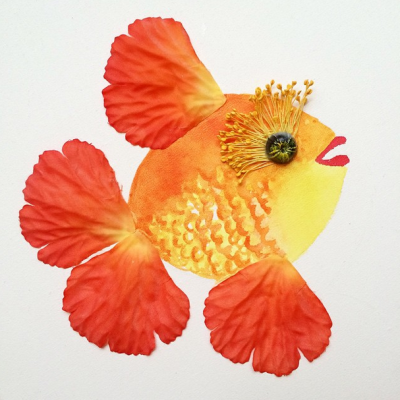


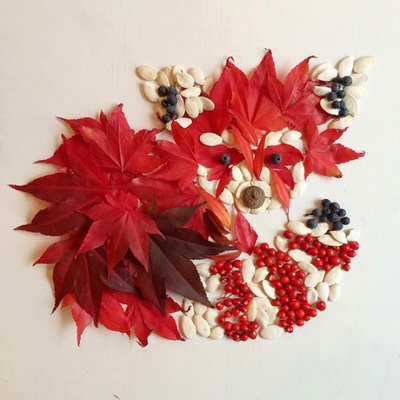
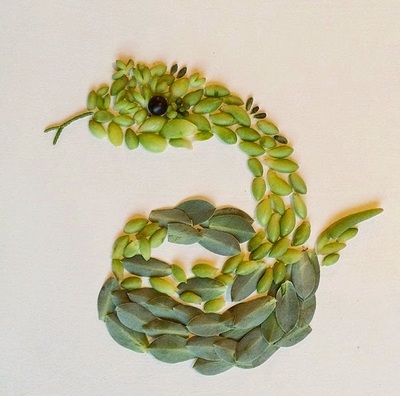
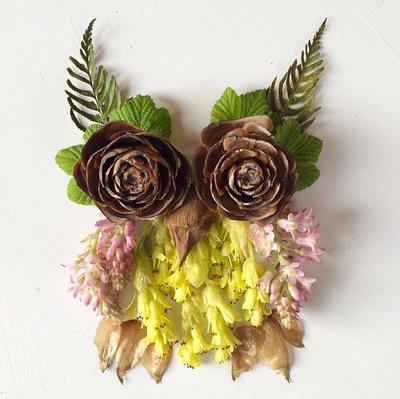
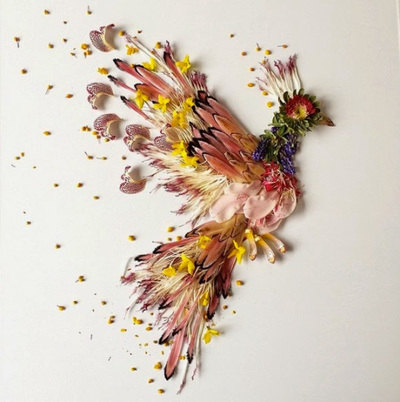
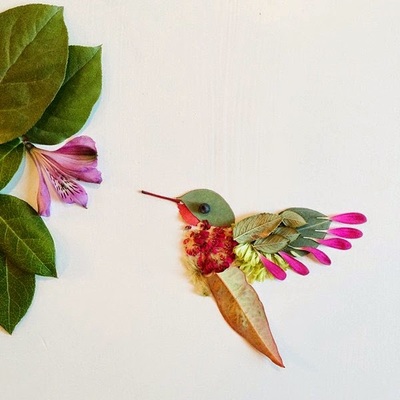
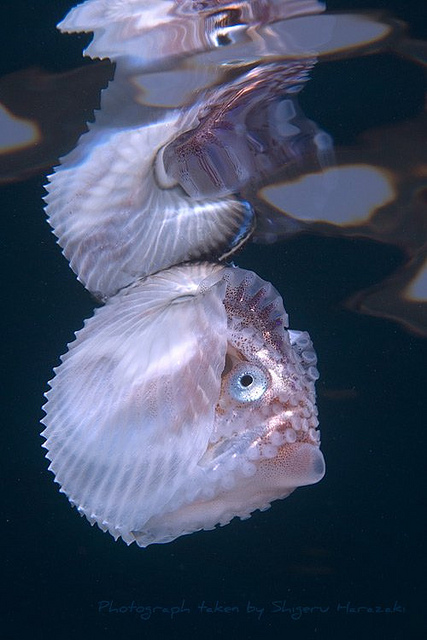
 RSS Feed
RSS Feed
